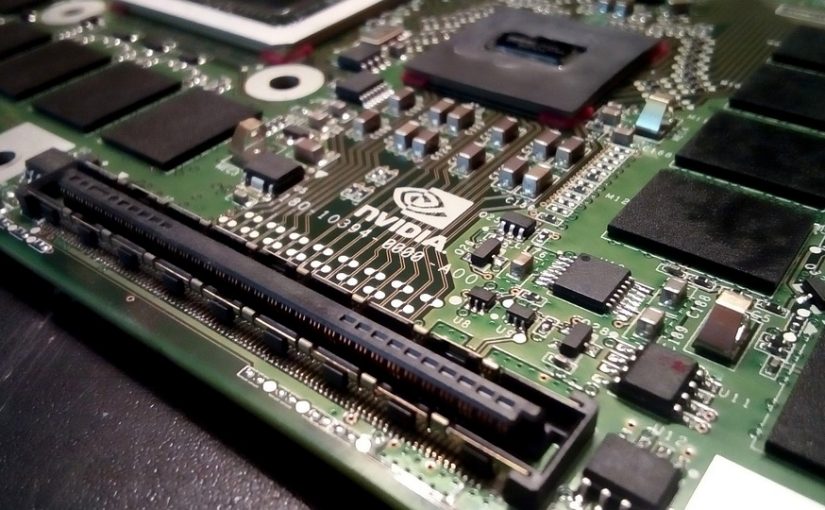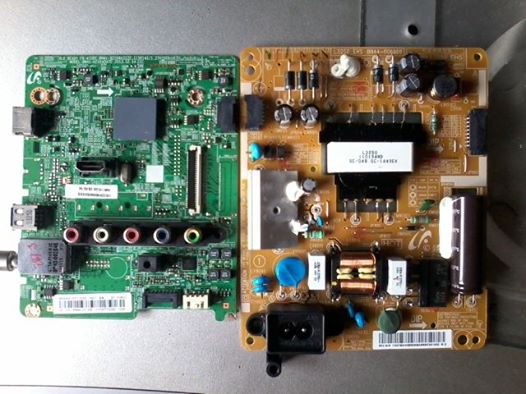The circulation of monetary value gets progressively integrated in computers and networks while cash is substituted by cards (1)
The #technological solution for the substitution of cash also in retail and for the anonymization of electronic payments may come from an unlikely source.
The recent innovation of Bitcoin, that combines a digital currency and peer-to-peer payment system, originating from the open source and free software communities has attracted the attention, not only because of the speculative
bubble that it created in the end of 2013, but mainly because it represents a completely structure
for organizing financial services. Unlike the established model of processing of transactions that
is being conducted centrally and by a dedicated network that is hierarchically organized, Bitcoin is
using the internet, an open, peer-to-peer, structure and a distributed public ledger for processing
transactions. The distributed public ledger is comprised by “blocks” of verified transactions and “
is the key distinguishing characteristic and the fundamental innovation” (Evans 2014, p. 1) of Bitcoin.
The “blockchain” allows Bitcoin and other peer-to-peer digital currencies with the same technology,
to function anonymously and with much lower transaction fees, giving them a comparative advantage
in small denomination payments. Because of these characteristics peer-to-peer payment systems using
the blockchain may contribute towards the emergence of a cashless economy, compensating for some
of the adverse consequences of the substitution of coins and notes, especially in issues of transparency,
anonymity, openness but also cost. Peer-to-peer payment systems can function as a form of digital cash
that is cheap, suitable for low-denomination transactions. In many jurisdictions, regulation is non-existent
and in other absolutely prohibitive, denying virtual currencies any legal recognition.
The directive issued by
the U.S. Department of the Treasury's Financial Crimes Enforcement Network (FinCEN) in 2003 is setting a
legal precedent, spelling out the compliance obligations of virtual currencies under the Federal Bank
Secrecy Act (BSA). FinCEN defines them as services of monetary transmission, not different from the
traditional business of remittances. The European Union has adopted a similar stance treating digital
currencies under the Electronic Money Directive 2009/110/EC.
Such a solution may not be the optimal for peer-to-peer payments, but rather seems to force them
in the model of the already established payment business, dominated by companies like MasterCard
,PayPal or VISA. The regulation ofcryptocurrencies in the established legal standard of electronic transfers
is a conservativereaction, which serves the interests of the payment industry by imposing their model
at the same time as it tries to defend the monopoly of the state over the monetary system. The current
situation remains discouraging with peer-to-peer payment systems being trapped between the established
but inappropriate regulatory framework for electronic payments and an unregulated existence where
uncertainty, fraud and criminality are pervasive. The study of the impact of cryptocurrencies has to face
difficult methodological challenges. The research on the intersection of business and media is relatively underdeveloped with no clear methods or assumptions. At the same time the study of peer-to-peer digital
currencies is in an early stage, in economics, in finance and in the field of software studies/ interface criticism.
The research should be developed along two lines; the investigation of the appropriate role of the peer-to-peer currencies in the cashless economy and the model, both in business and in law, which can allow them to
fulfill this role and realize their full potential. The research should:
1.Explain how current developments within digital payments following the introduction of bitcoin and the blockchain technology affects the operation of the monetary system and the payments industry with a particular emphasis on the realization of a cashless economy.
2.Consider the appropriate regulation for the integration of peer-to-peer digital payment system in the financial system and explain the requirements for their successful implementation.
3.Evaluate the existing business models and to propose new ones for the companies and the
organizations that are involved in the supply of services or products that are connected with
peer-to-peer payments. These models are going to be compared with the established business
strategies in the payment industry and the efforts to protect itself from the incumbents. The innovation
of peer-to-peer payment systems like Bitcoin should be studied both as an act of criticism again the
established architecture of cryptocurrencies and as a genuine attempt to provide a viable system for
transferring economic value and facilitating transactions across the web. Innovations that come
from the network communities of programmers, hackers and artists,bitcoin and the blockchain
“have served to accelerate capitalism, [while] they have also served to strengthen antagonism against it,
by generating critical artistic practices and hacktivistinterventions based on technologies and
methodologies of sharing and networking.” (Bazzichelli 2013, 9)
Such an understanding of Bitcoin's disruptive effect on the market for payments calls
for a more complex framework for the analysis of the business models of the digital currencies
community, that can account for the mutual disruption of the principles of openness andcollaboration
and the business logic of capturing the economies of scale, both of which characterize social networking.
Investigating the business strategies of building a large network of engaged users to produce revenue,
one should consider both the ideological attractiveness of specific network technologies, based on
openness and equality, and their ability to successfully resolve actual economic problems. Consequently,
the framework of analysis of the emerging business model or the requirements of regulation needs to
combine a business school perspective with the visions that guide technological and even hacker practices.
Institutional analysis should supplement business studies and their application in the analysis of the
disruptive effect of the innovative peer-to-peer payment systems. The discipline of institutional economics systematically investigates the interplay between the established regulation and the transformative
power of technological innovation (Bush and Tool 2003). The theoretical framework for the analysis
of institutional change is developed upon the dichotomy between “instrumental” and “ceremonial”
values against which a possible technologicaladjustment can be appraised (Waller 1982, 757).

.jpg)




nice post
hmm thanks dear @laciri
good information but over to my heads
thank you @jyoti-theligh
its me ur sister @windaandriani😂
thank you my sweet heart sister
😊😊😊urwell
:-) :-)
Nice
thank you
Enjoy buddy....
Keep steeming .....
thank you sir @obaidb2